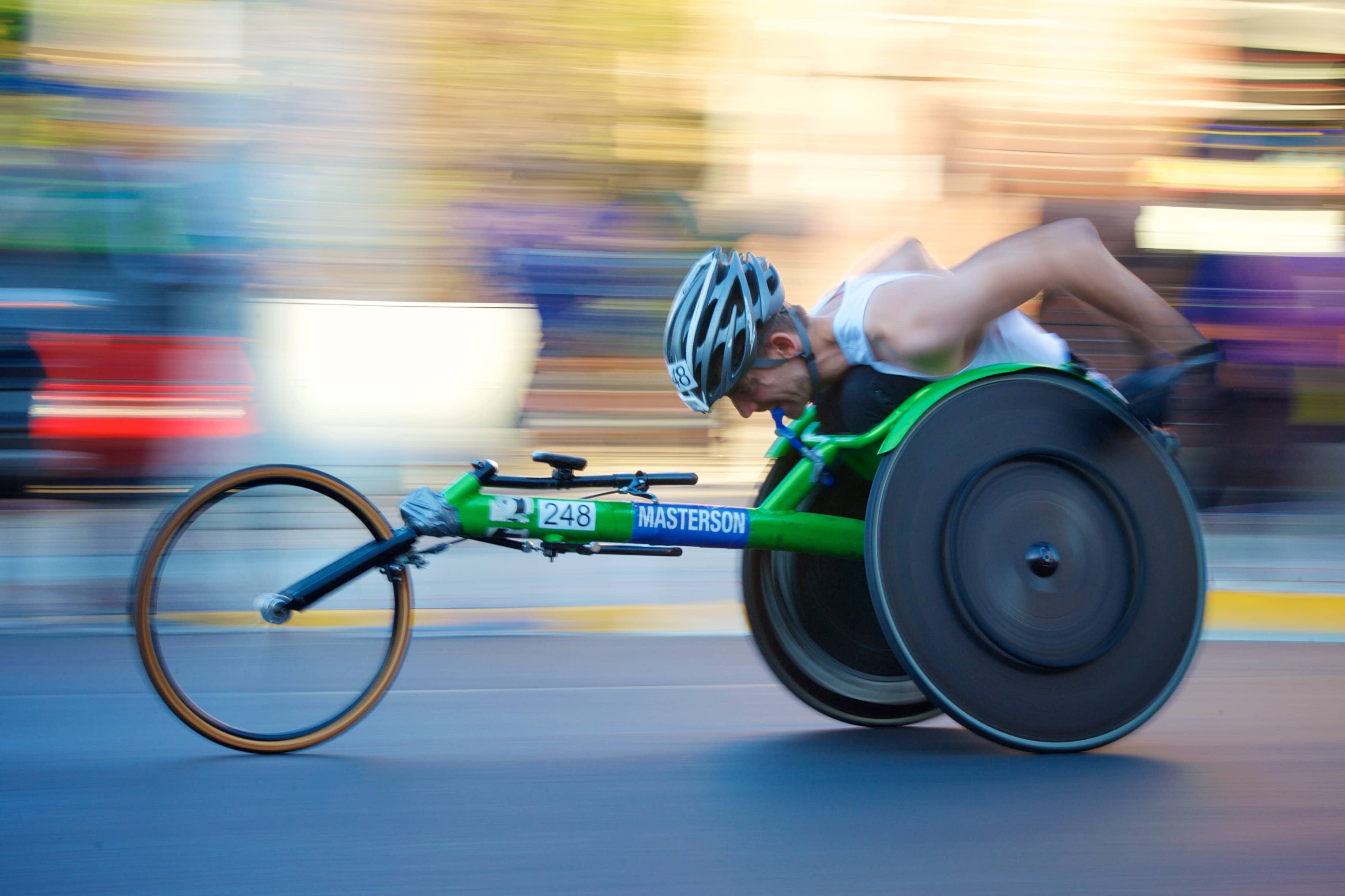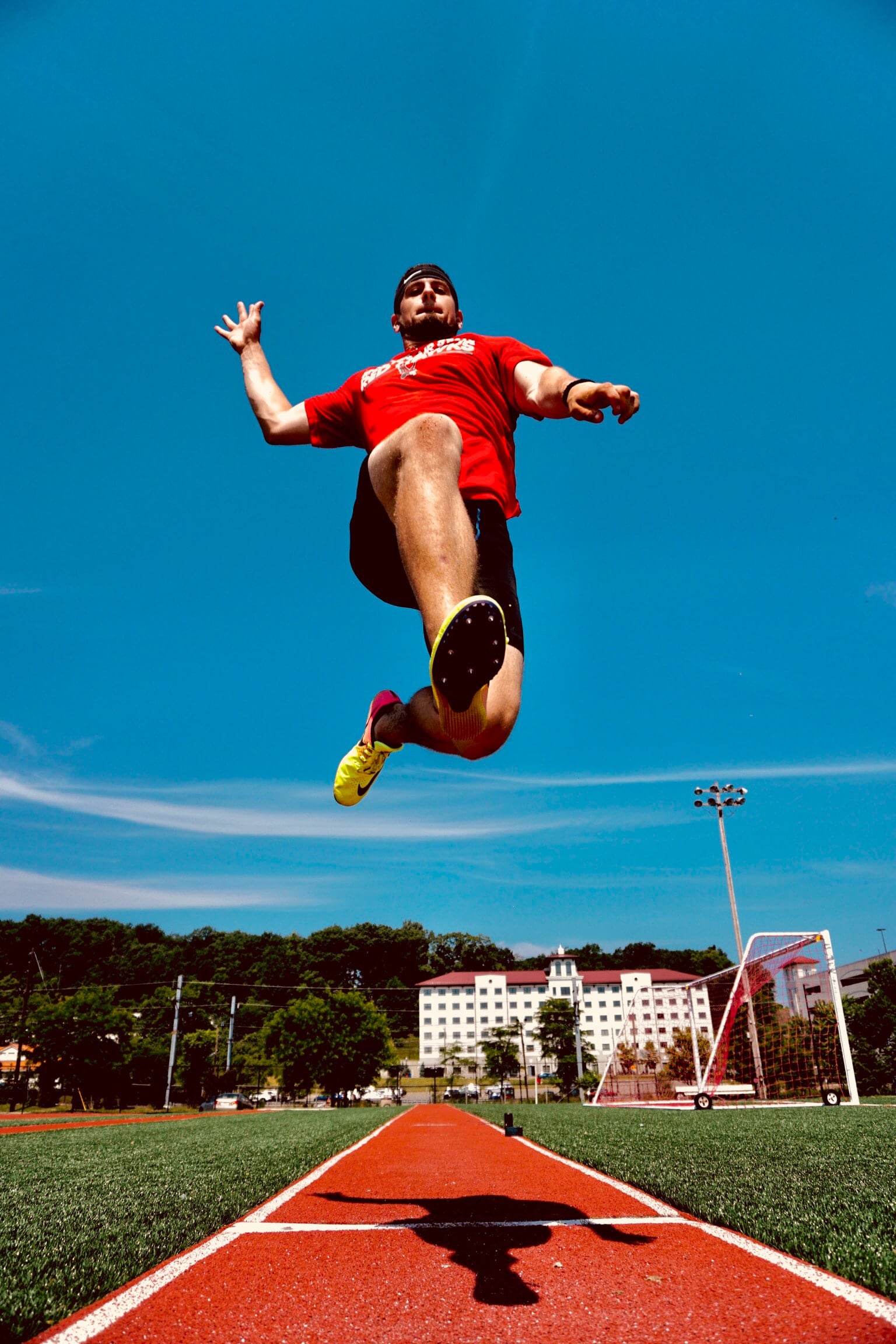Types of Gym Flooring: Pros and Cons of Each
So you’ve decided to build or upgrade your own home gym – congratulations! That’s a huge step towards achieving your fitness goals and living a healthier lifestyle. But before you start decking out your space with the latest cardio and strength training equipment, there’s an important question you need to answer: what kind of gym flooring are you going to get? The flooring you choose can make or break your workout experience, and the options out there can be a bit overwhelming. Rubber, foam, wood, turf – how do you know which one is right for your needs? Not to worry, we’ve got you covered. In this guide, we’ll walk you through the pros and cons of the most popular gym flooring types so you can make an informed choice based on your budget, the activities you do, and style preferences. By the end, you’ll be fully equipped to pick out flooring that will suit your space and fitness routine perfectly. Let’s get started!
Key Factors to Consider When Choosing Gym Flooring
When choosing flooring for your gym, you’ve got options. Let’s explore the pros and cons of each so you can find what’s right for your needs.
Rubber flooring
Rubber flooring, like recycled rubber tiles, is a popular, budget-friendly choice. It’s slip-resistant, shock-absorbent, and durable. However, rubber can dent over time and may show signs of wear sooner than other options. Rubber also isn’t the most attractive flooring, though many color and pattern options are available.
Vinyl flooring
Vinyl, or polyvinyl chloride (PVC), flooring comes in sheets or tiles and resists stains, scratches, and moisture. It’s also low-maintenance and affordable. That said, vinyl can dent or tear more easily than other flooring types and may not have the same longevity. Vinyl contains phthalates, chemicals that some studies have linked to health issues, though risks are still being evaluated.
Wood flooring
Wood flooring, like oak or maple, gives gyms a high-end look. Wood is durable but also the most expensive option. It requires regular maintenance like sanding, staining, and lacquering. Wood softens over time and can dent or scratch, though it can often be refinished. Wood may not be suitable for areas with high impact activities.
In the end, the best gym flooring for you depends on your budget, desired durability and longevity, environmental concerns, and the types of activities in your gym. Evaluate each option carefully based on your needs to find flooring your members will enjoy for years to come.
Top Gym Flooring Recommendations for Different Uses
When choosing gym flooring, there are a few key factors to keep in mind.
First, think about the primary purpose of your gym space. Are you outfitting a cardio area, weight room, aerobics studio or multifunctional area? The flooring needs to suit the activities that will take place. Rubber flooring, for example, provides excellent shock absorption for high-impact zones. Wood or laminate may be better for low-impact areas where you want a natural look.
You’ll also want to consider durability and maintenance. Rubber roll flooring can last 20-30 years with little maintenance but may stain over time. Wood and laminate options require regular cleaning and occasional refinishing but can also last decades. Vinyl planks or tiles are very durable but may need replacement sooner.
Underfoot comfort and safety are important as well. Rubber, wood and vinyl can provide comfortable, non-slip surfaces. However, very cushioned rubber may not offer the best balance for weight training. Always choose a floor rated for high-traffic, commercial use.
Finally, appearance and style matter too. From sleek concrete to colorful rubber tiles, there are options to match any decor. Wood and laminate bring warmth while vinyl and rubber offer lots of design choices.
By weighing the factors that matter most for your needs, you can choose gym flooring that will stand up well, create the right ambiance and keep members safe and happy for the long run. The perfect floor is out there, you just have to determine what really counts!









